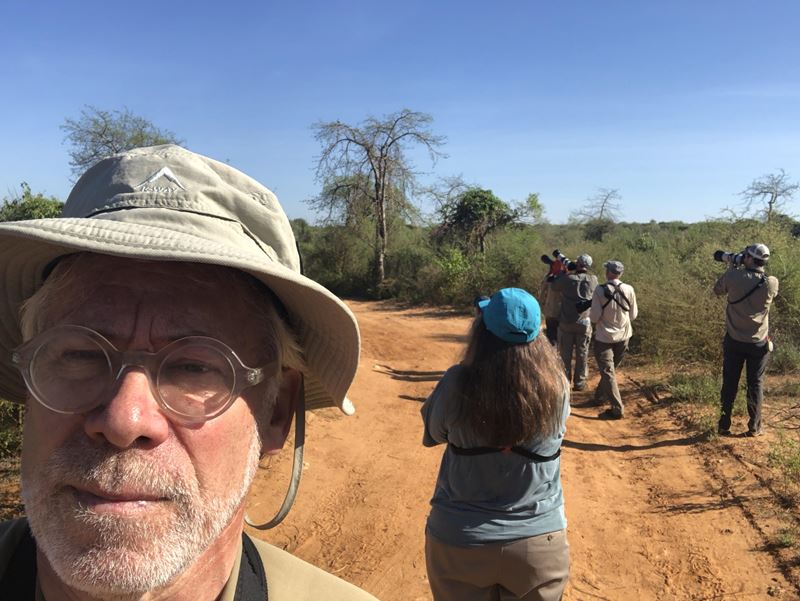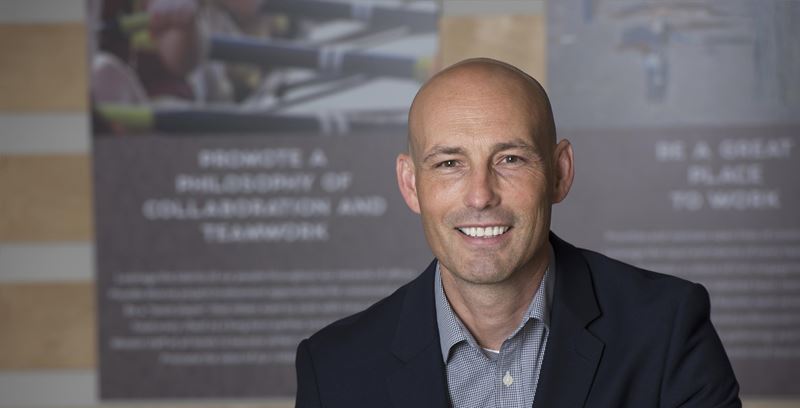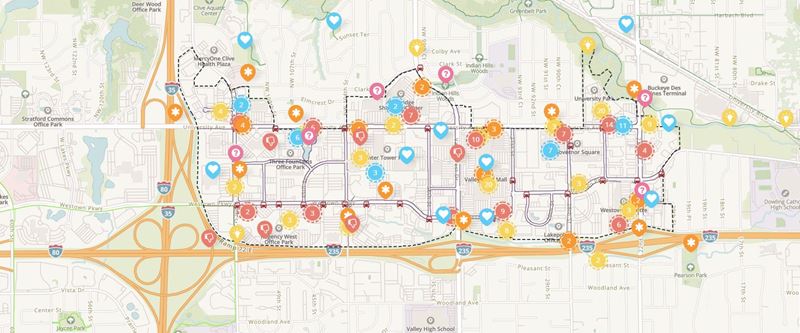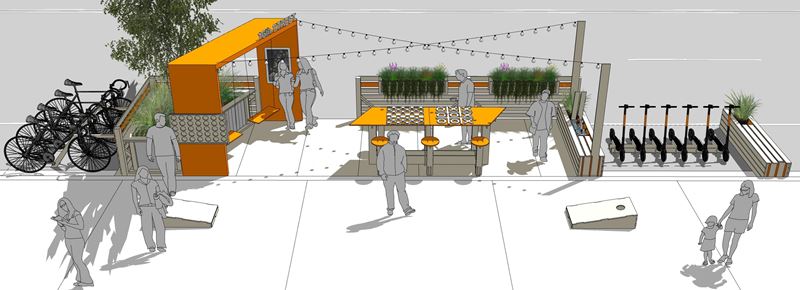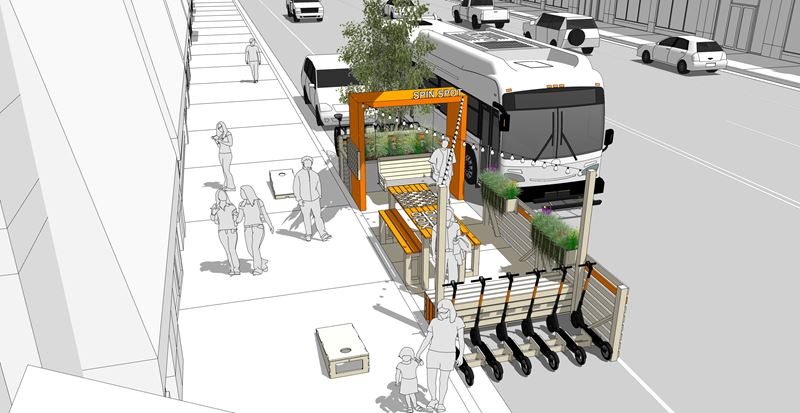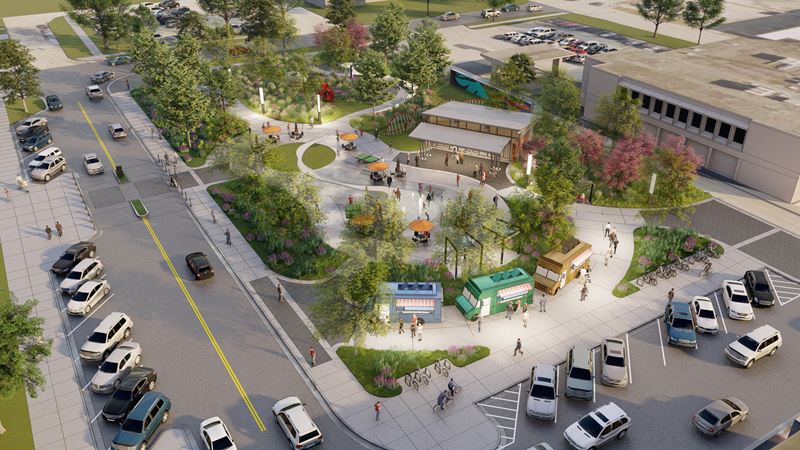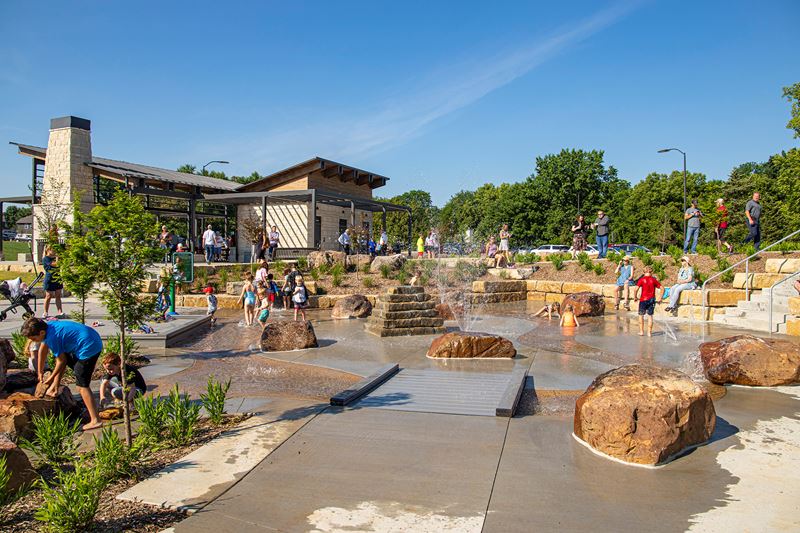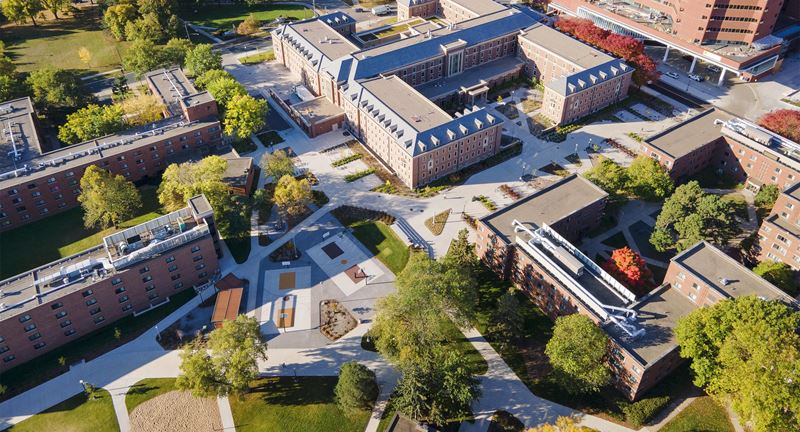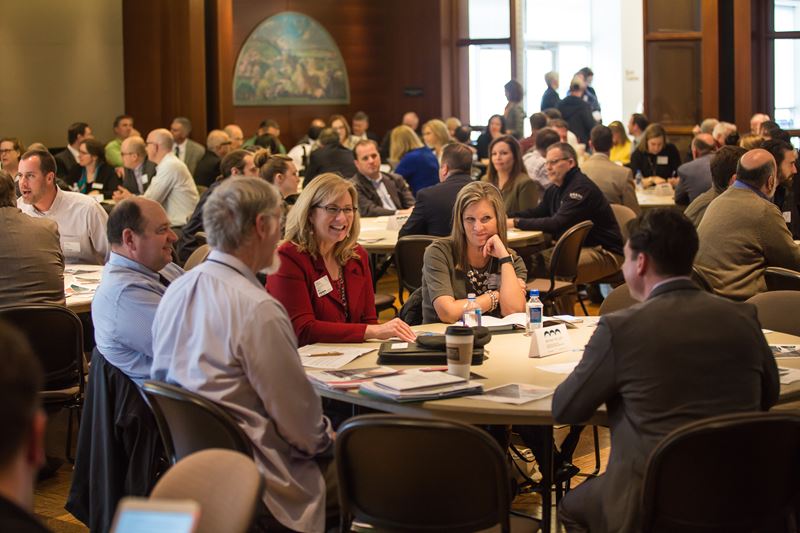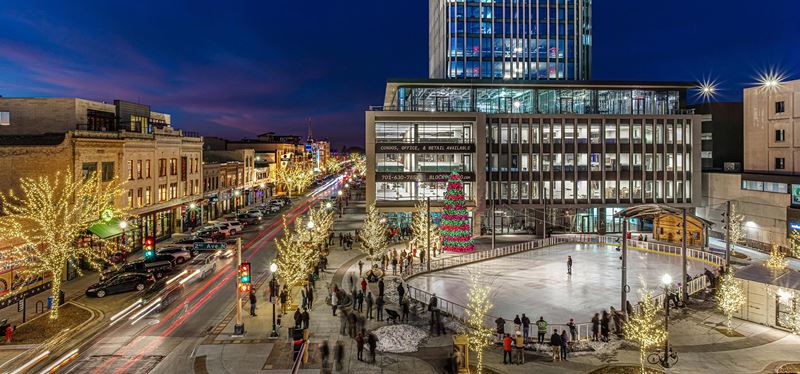
Insight
Designing For the Social Experience
Monday, November 8, 2021
By Jon Jacobson and Craig Soncrant
Any time we visit a place, we arrive with our own perspectives, experiences and goals. Most of the time, we also come armed with our mobile phone. This shift in the way we experience (and share) places today offers an opportunity for city builders to more thoughtfully accommodate both virtual and physical placemaking into our design.
When done effectively, this digital connection elevates the experience, creates meaningful relationships, drives foot traffic and brings people together for both in-person and virtual conversation. Following an unusual period where travel was restricted, many of us found ourselves dreaming up vacations and travel experiences for a later date based entirely on our online experience of a place.
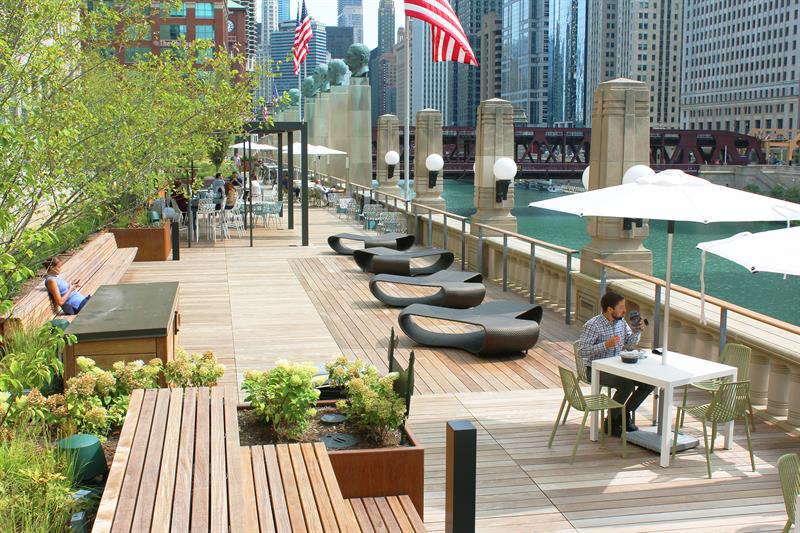 According to 2019 research, fully 86% of people - and 92% of Gen Z-ers- have researched a destination after being inspired by other users’ posts online. Statista found that at least 60% of people are sharing photos on social media while traveling. What this means is that for many people, before they ever experience a place in person, chances are good they first experienced this place online.
According to 2019 research, fully 86% of people - and 92% of Gen Z-ers- have researched a destination after being inspired by other users’ posts online. Statista found that at least 60% of people are sharing photos on social media while traveling. What this means is that for many people, before they ever experience a place in person, chances are good they first experienced this place online.
Every community has its own unique sense of place – defined by the surrounding physical environment, the people utilizing the area, and daily activities. As we designed The Park at the Mart in Chicago, Illinois, our team was inspired by both the iconic Chicago River and the opportunities to enhance the personal experience while also embracing the digital opportunities.
This 500+ foot swath of park transforms an ordinary overlook area into an urban, riverside destination for one of Chicago’s most iconic buildings, the Merchandise Mart.
The multi-room linear space hosts a variety of options ranging from terraced seating to high-backed seating to outdoor workspaces with overhead structures. Two artificial lawn areas with freestanding furniture and an area to accommodate food trucks border an adjacent dining area. The park increases access to the Chicago River and marks an important spot for social engagement, creating a (digital) destination within the city.
Across the country, Confluence has created memorable spaces and places that allow people to interact with the public realm in their own way. Search “Arc of Dreams” on Instagram and you are flooded with moments captured at this place.

A 70-foot-tall sculpture stretching 240 feet across the Big Sioux River, Arc of Dreams is designed by South Dakota’s Artist Laureate, Dale Lamphere. The 18-foot gap at the center of the arc represents the leap of faith all dreamers must take. Confluence led the design and infrastructure for the small plazas at the base of each of the two sculpture segments while also consulting on the placement of the artwork itself.
This artistic attraction has quickly become a must-visit locale in the city – a backdrop for sharing everything from family outings, engagements and photo shoots to yoga classes and pop-ups.
From crafting the form and function of new spaces to determining how they should respond to and connect with their surrounding context – our team strives to weave meaningful references, narratives, and unique design features into our work in a way that resonates in relevant and diverse ways for the modern user.



